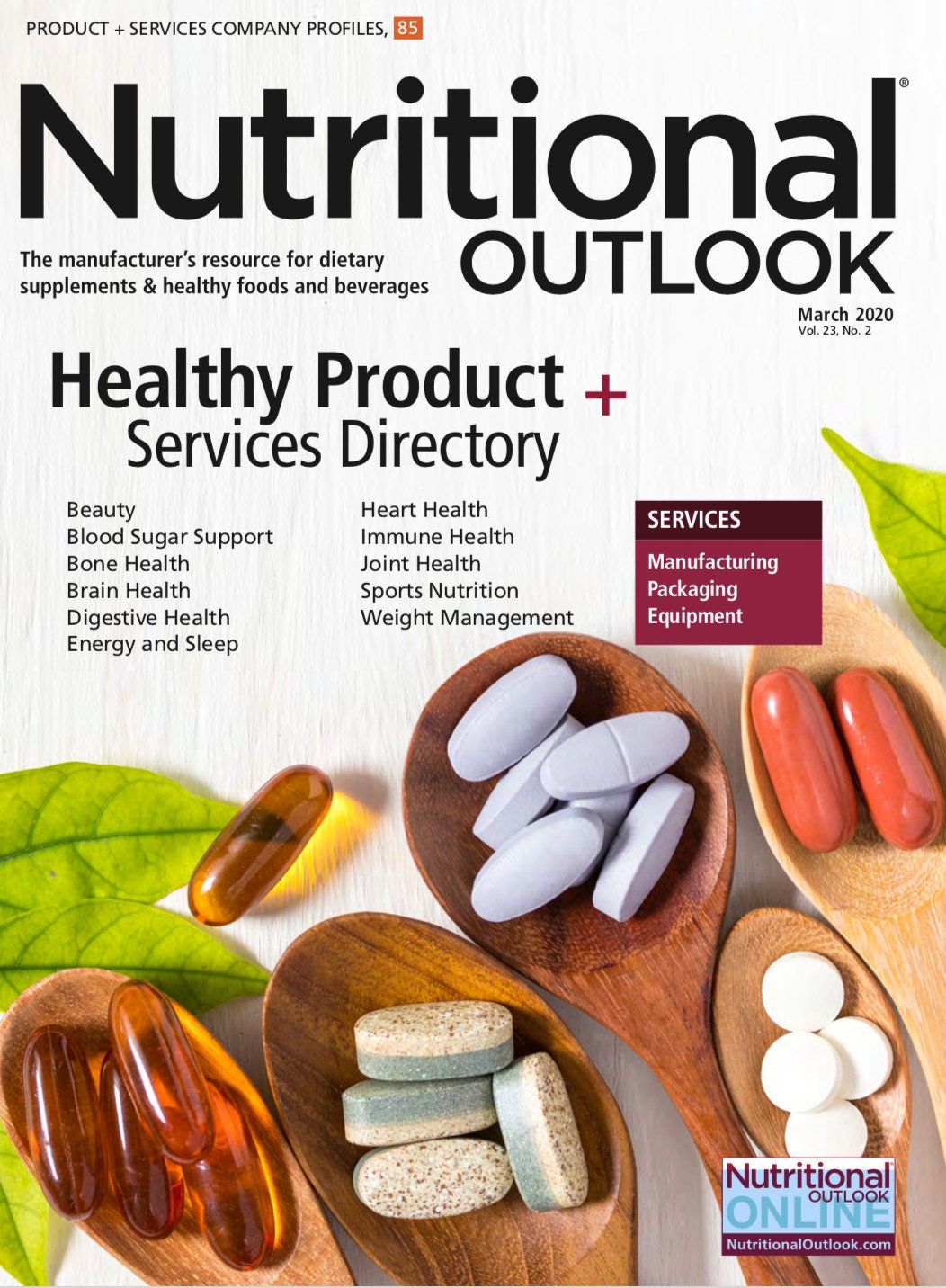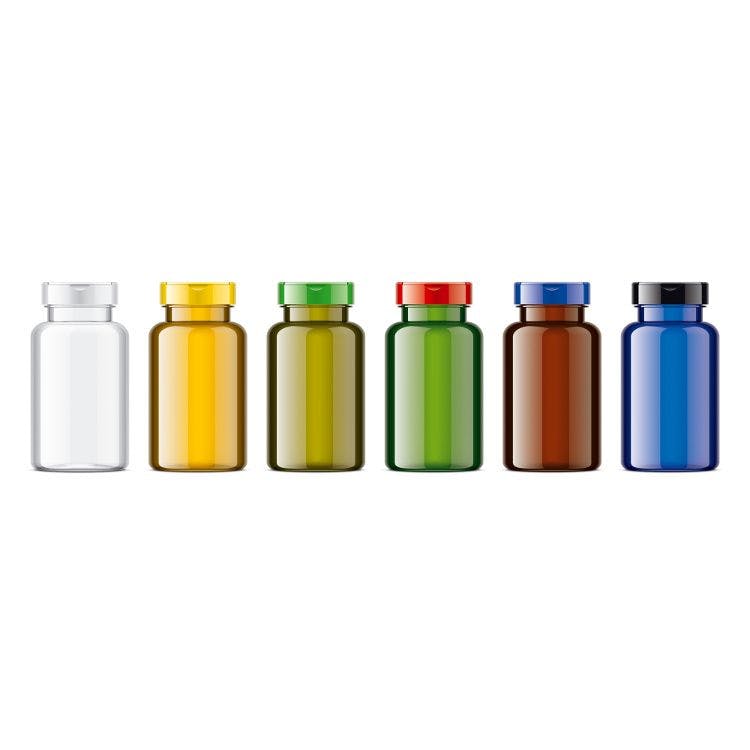A role for Ayurvedic medicine in blood sugar support?
Back to the future: One company talks about the promise of natural approaches to managing blood sugar.
Photo Credit © Rodnikovay - Stock.Adobe.com

In 1958, only 1.6 million Americans had a diagnosis of diabetes-a prevalence rate of merely 0.93%. Just over half a century later, in 2015, those numbers had risen to 23.4 million diagnosed cases, affecting fully 7.40% of Americans.1
That’s an alarming set of statistics for a disease the national cost of which topped $327 billion in 2017, with $237 billion going to direct medical costs, and reduced productivity accounting for $90 billion.2
But the numbers are even more concerning when looked at with respect to American seniors. The American Diabetes Association reports that the rate of diagnosed and undiagnosed diabetes among Americans age 65 and older is a frightening 25.2%, or 12.0 million seniors.3
As the senior population continues to grow, the effects of this disease could prove profound. But does it have to be this way?
According to Ron Elul, CEO of product brand CuraLife (Tel Aviv), the answer is no.
“Diabetes doesn’t need to be a degenerative condition,” he says. “It acts that way because so many aren’t able to maintain healthy glucose levels. But those who manage their diabetes successfully can lead completely healthy lives-even into their senior years-and to a certain extent can avoid comorbid conditions frequently caused by diabetes.”
The key question is: How to manage it?
From Pharma to Nature
For years-and for many, to this day-the answer to that question has been “pharmaceutically.” The number of drugs effective at lowering blood sugar has skyrocketed, and they achieve their goal via an equally plentiful number of means, from stimulating insulin production in the pancreas or increasing cells’ sensitivity to insulin, to inhibiting the liver’s release of glucose and blocking the enzymes that break down carbohydrates.
But even the best diabetes medications aren’t without consequences, whether in the form of high prices, side effects, or unwanted drug interactions-all of which helps explain why some patients, and their clinicians, are tilting away from pharmaceuticals toward more balanced, livable solutions.
Chief among these is an enlightened approach to diet, exercise, and weight maintenance, which most experts would agree constitutes the foundation of proper diabetes care.
But when those strategies, either on their own or combined with pharmaceuticals, don’t do the trick, evidence suggests a role for natural products and supplements.
As Elul insists, “Pharmaceuticals work-they lower blood sugar.” But, he continues, “They also cause severe lifestyle constraints. That’s why people increasingly supplement their medical treatments with natural products, which help recover the lifestyle that diabetes took away.”
Constructive Convergence
Two “converging trends” are driving consumers and patients in this direction.
First, it’s growing harder to ignore supplements’ benefits. “Natural compounds may not be as studied as drugs for the simple reason that there isn’t as much funding,” Elul points out. “But we now recognize that nature does work. Ingredients used for thousands of years don’t suddenly stop working because your doctor doesn’t ‘believe’ in natural medicine.”
Second, consumers are exercising greater agency over their wellness. “We’re more empowered and responsible for our own health,” Elul continues. “What our doctors say is important, of course, but we also do our own research and make decisions that are best for us.”
Wisdom of the Ancients
And the science behind some products is encouraging. “Natural Ayurvedic supplements are remarkably effective in helping people maintain healthy glucose levels,” Elul contends. Internal surveying of benefits attributable to CuraLife’s CuraLin-a 100% natural glucose-support supplement-showed effective blood sugar maintenance in healthy ranges for about 95% of users, he says.
“CuraLin was formulated specifically to help type 2 diabetics maintain healthy glucose levels,” he goes on. The product combines the forces of botanicals like turmeric, bitter melon, fenugreek, amla, Swertia chirata, Gymnema sylvestre, Syzygium cumini, Melia azadirachta, Tinospora cordifolia, and Picrorhiza kurroa to promote healthy pancreatic beta-cell function in diabetics, as well as the digestion and metabolism of sugars.
As a bonus, Elul adds, the product can reduce sugar and carb cravings and helps “support high daily energy levels.” He says it’s one of only a few “synergistic supplements” available to diabetics today. “There are many single-ingredient supplements like cinnamon or berberine, but those only focus on very narrow areas of health. Synergistic combinations can target more elements at a time.”
And while many of the formulation’s ingredients are incredibly rare, “Each has thousands of years of traditional use and real-world data backing its support of healthy blood-sugar levels,” he concludes.
So when attempting to make a dent in the future costs of diabetes, it might be wise to look back to the past.
References:
- Geiss LS et al. “Prevalence and incidence trends for diagnosed diabetes among adults aged 20 to 79 years, United States, 1980-2012.” Journal of the American Medical Association, vol. 312, no. 12 (September 24, 2014): 1218-1226
- American Diabetes Association website. Diabetes Care. “Economic Costs of Diabetes in the U.S. in 2017.” Published online March 2018. Accessed at: https://care.diabetesjournals.org/content/early/2018/03/20/dci18-0007
- American Diabetes Association website. “Statistics about Diabetes.” Updated March 22, 2018. Accessed at: https://www.diabetes.org/resources/statistics/statistics-about-diabetes

Prinova acquires Aplinova to further increase its footprint in Latin America
April 7th 2025Prinova has recently announced the acquisition of Brazilian ingredients distributor Aplinova, which is a provider of specialty ingredients for a range of market segments that include food, beverage, supplements, and personal care.

























